We’re pleased to share this written interview with Russian artist Konstantin Korobov, conducted with the help of AI translation services. Through this cross-cultural exchange, we explore the mind of an artist who creates dreamlike, symbolic works that invite viewers into parallel realities while defying simple interpretation. His insights into art, psychology, and the creative process offer a fascinating perspective on how art can serve as a bridge between the conscious and unconscious mind.
View more of Konstantin’s work at www.xkk.su.
Your work points back to a clear and precise point with very little superfluous. What are some of the ideological themes that move you? What do you want the viewer to think about or feel? Is the role of fantasy and imagination to point back to real life ideas or changes you want to see in the real world?
As a rule, I am not driven by specific themes; the choice is often impulsive and unexpected. I do not impose my interpretation and primarily give the viewer a multifaceted image. What they think about or feel is their personal matter. As for changes in the real world, they proceed regardless of my wishes; the paintings are more like a parallel reality that may in some ways resonate with reality.
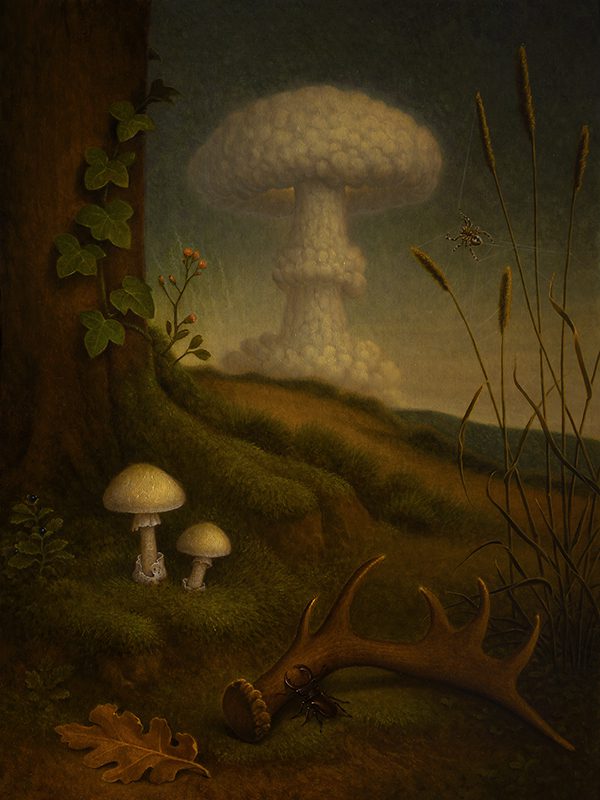
What do you hope the effect that your art has on the viewer?
For me personally, the best effect is the purchase of a painting. But seriously, my works, besides their aesthetic component, invite the viewer to immerse themselves in that world and engage their mind.
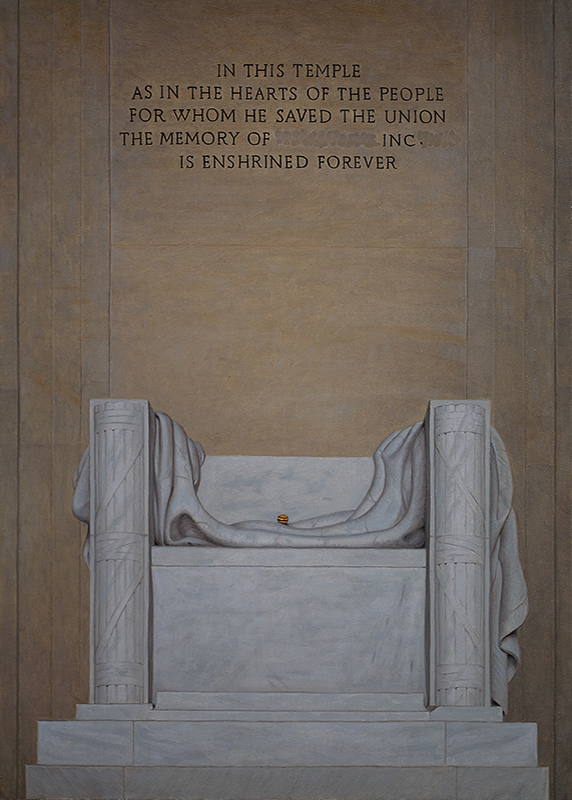
Your work is skilled and beautiful. Do you see skill and beauty being the artist’s purpose or is there more to the role of the artist in your philosophy?
Art is an all-encompassing concept; I can only speak for myself—I try to combine skill and beauty with deeper meaning.
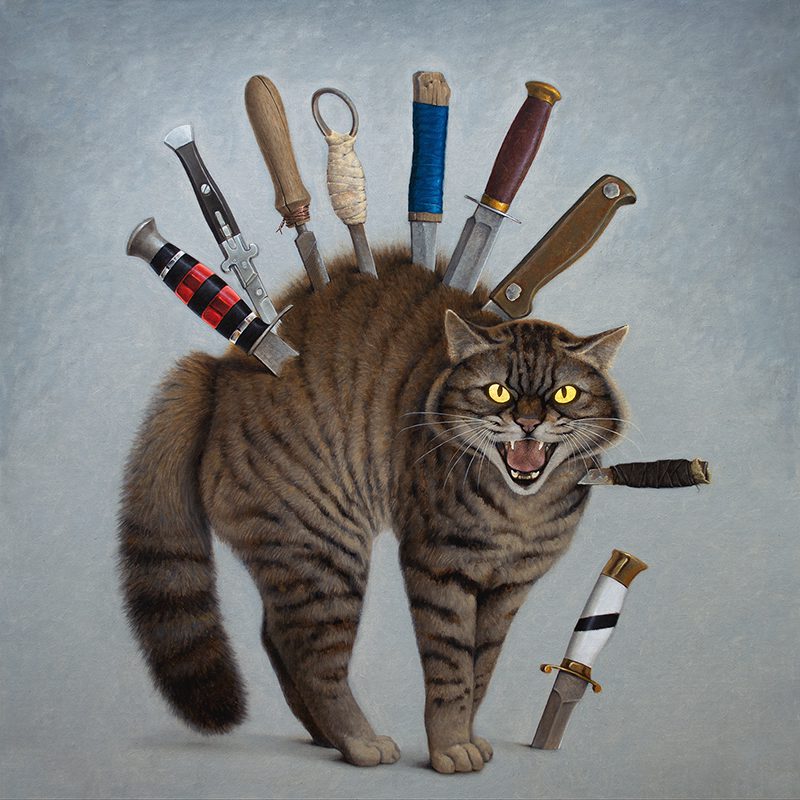
Do you have subconscious influences, things that you realize you were trying to say later after the work is done that you were not aware of at the time?
Since my art is multifaceted, this happens very often.
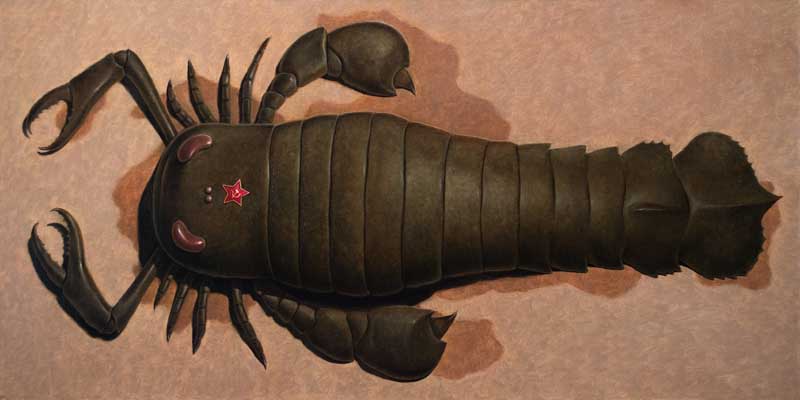
Your work has a very dreamlike and symbolic quality that is open ended. Do you draw inspiration from any magical realists or symbolistic thinkers or writers? Is Carl Jung an inspiration? Any mythographers that you enjoy?
I do not seek inspiration in any special way; it is enough to be observant of the details of existence. Then, through mental activity, one can create a plot.
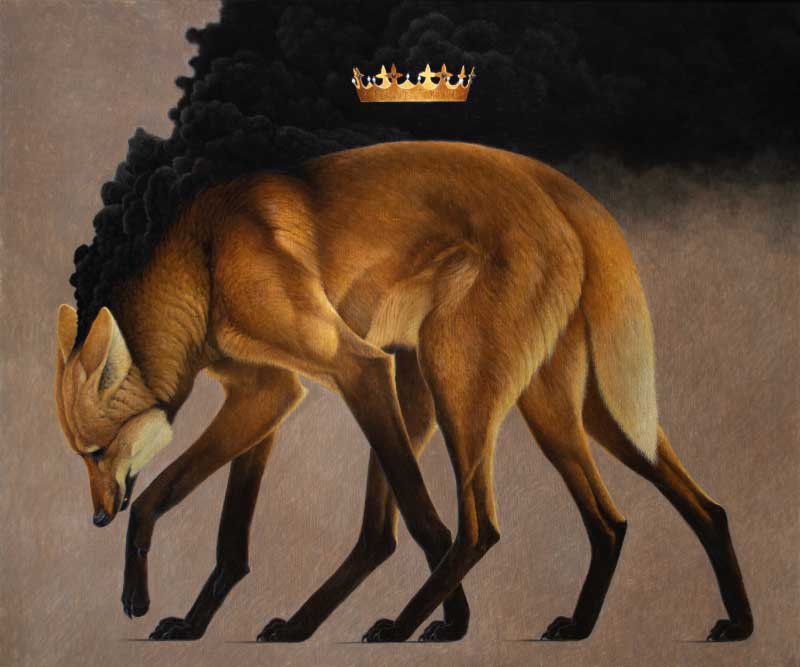
A lot of your imagery is very heavy and sometimes dark but there is also a sense of humor and playfulness. Can you say anything about the role of humor in your work? You seem to play with tensions between the highly mythological and symbolic and the silly and subversive at the same time.
Humor is good where it is appropriate; for me, it is a tool that should be used where and in the amounts necessary to create the proper atmosphere. I have visited many countries and museums, and among past artists, I cannot single out anyone who holds a special place—there are many worthy ones whom I consider equally great without comparing the significance of their names.
Can you say anything about being an autodidact? Is it lonely? Were you able to connect with some peers or teachers?
Creative solitude is comfortable for me; I do not need mentors or like-minded people—this is my path.
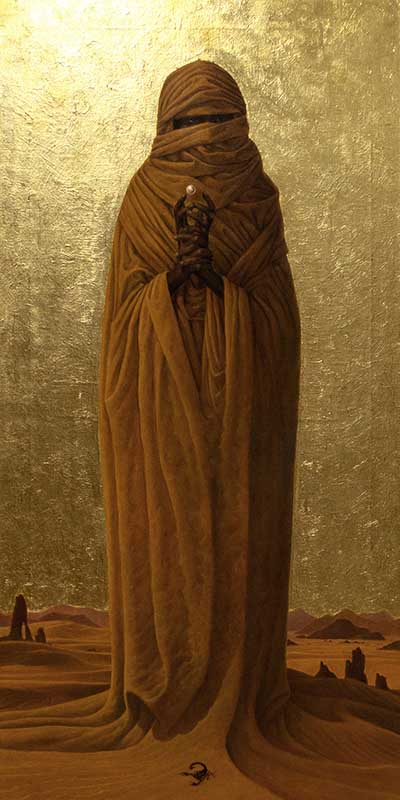
You don’t just paint but also do carvings and small sculptures. Is there anything that you enjoy about that medium?
I would say that for me it is a kind of rest from painting.
Are there themes from your upbringing, your psychology, or struggles that you faced that you process through art?
Often this is the case; my art always carries a piece of my personal life experience.
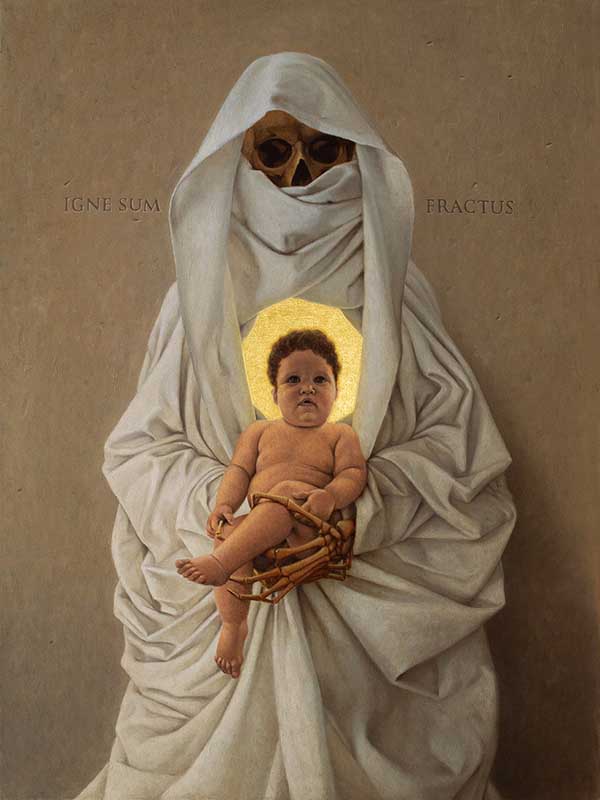
You are part of the post-Soviet generation of artists but have a unique style that doesn’t draw inspiration from many of the places that they drew inspiration from. Can you say how you found your unique process? What was boring about the artistic environment that you were in?
It was precisely a conscious isolation from the local art environment that shaped my style and creative process. I found it boring and alien even to be interested in what was happening in that environment.
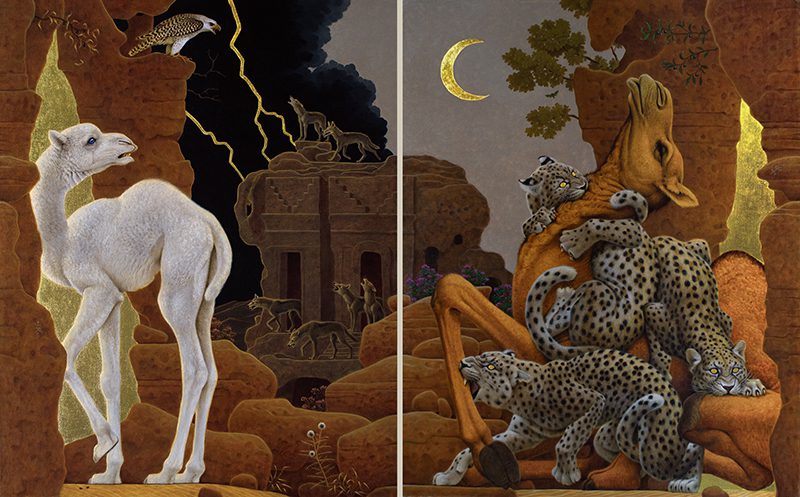
Are there any Russian influences? The use of gold leaf evokes Orthodox iconography a bit?
To some extent, there are various influences or coincidences from different spheres, including this one.
What would you say is the personal philosophy that your work expresses? Your paintings seem highly ideological but also defy simple interpretations and monolithic meaning.
To provoke dialogue without giving ready-made answers.
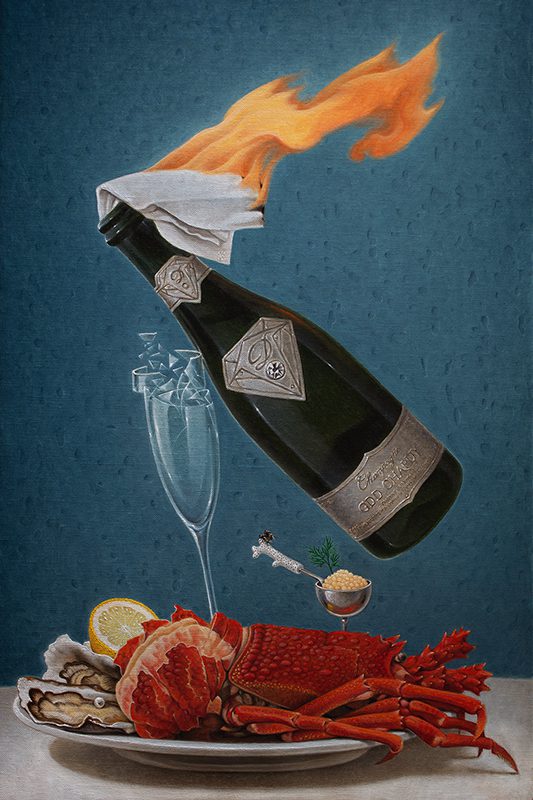
Works like “Agnus,” “Memento Mori,” “Crown,” “Grail,” “Metatron,” “Snake and Sword,” “Time,” and “Life” suggest religious symbolism, mortality, power, and metaphysical concepts. Can you talk about the role of religion and existentialism in your work?
Where necessary, I use universal religious or mystical symbols as metaphors for certain life moments, not as dogma but as part of the overall semantic structure of the painting.
You seem to defy market trends in the art world and yet succeed at winning the market. Do you intentionally stay separate from the profit motive in the art world?
I initially started my path as an artist to satisfy my own creative needs, without the goal of making money. But thanks to circumstances—the development of internet communication—the market came along automatically.
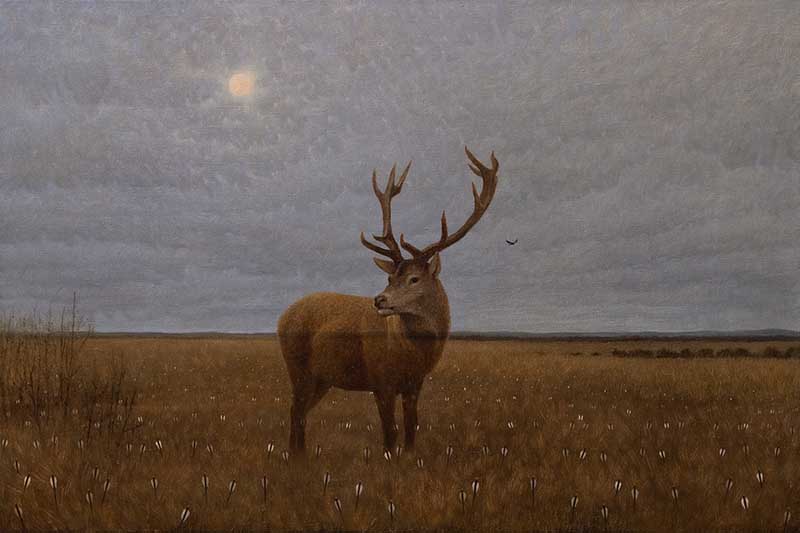
Scorpiocancer and Parousia might be read to have themes about politics or cultural criticism. Do you try to convey anything political or culturally critical with your work?
Of course, all my paintings express my views in some sphere.
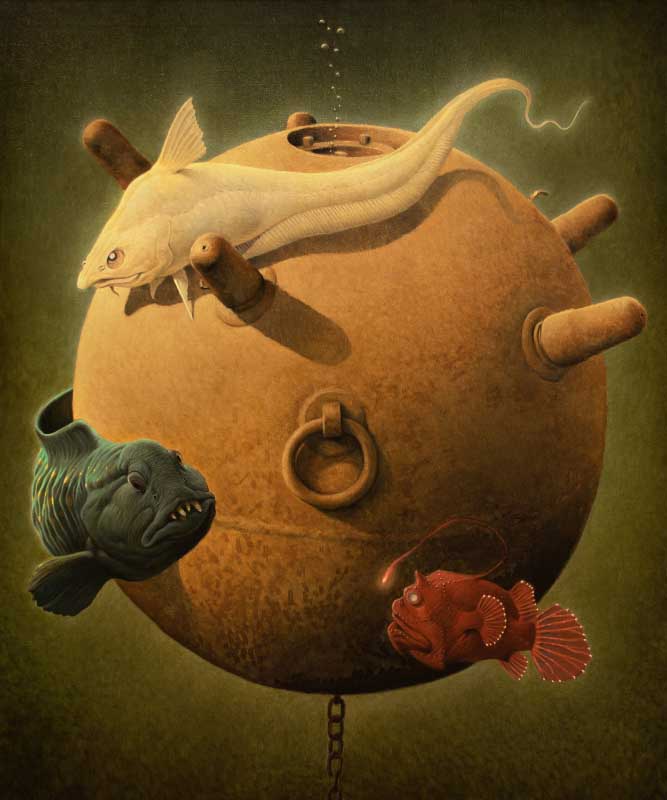
Do you have any idea what is next for you or how your work will evolve in the future?
My plans are simple—while I am working on a painting, I build plans for the plot of the next painting, which will differ from all the previous ones.
Konstantin Korobov represents a unique voice in contemporary art—one that embraces technical mastery while maintaining an enigmatic, open-ended approach to meaning. His conscious isolation from traditional artistic environments has yielded a body of work that functions as parallel realities, inviting viewers to engage their minds and find their own interpretations within his multifaceted images.
Connect with Konstantin Korobov:
- Website: www.xkk.su.
- Portfolio: konstantin-korobov.pixels.com
- Instagram: @kos1604
- Facebook: Konstantin Korobov

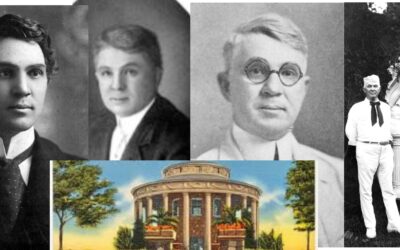

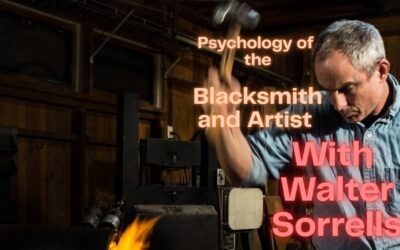
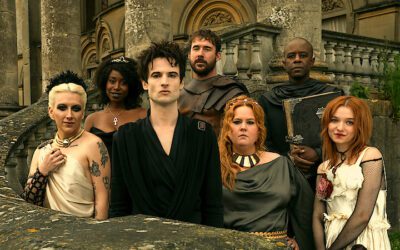

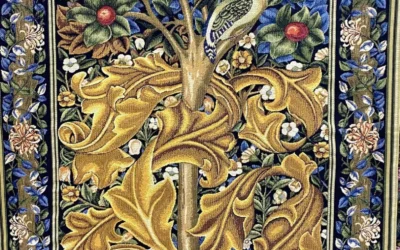
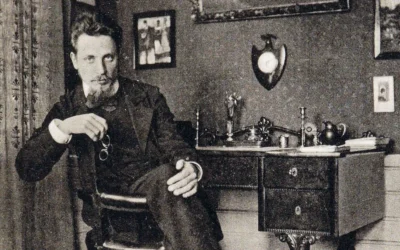
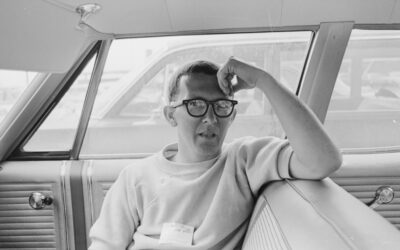
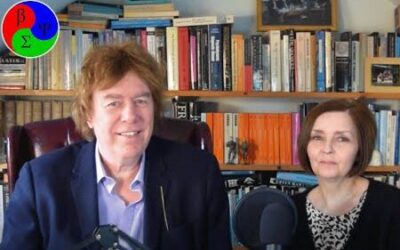
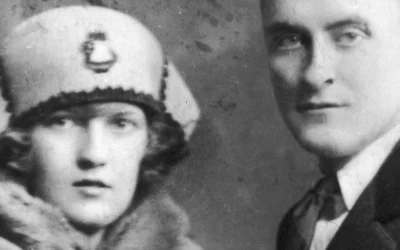
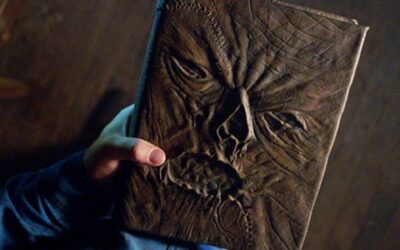

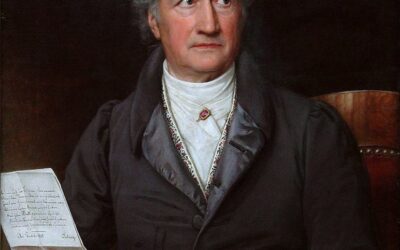
0 Comments